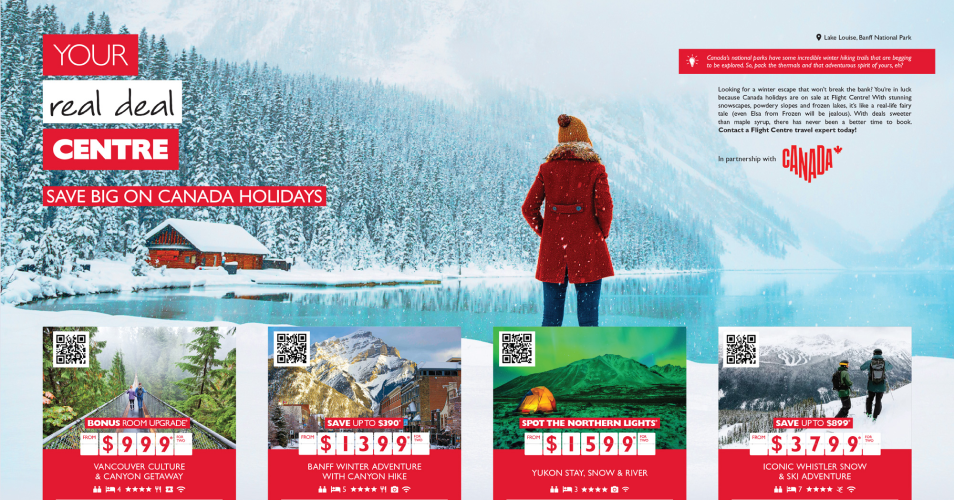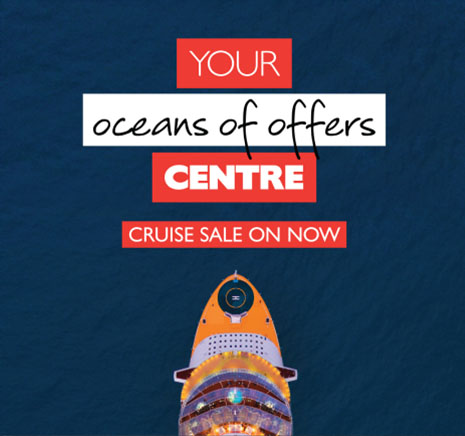From a media perspective, Flight Centre’s regional marketing approach depends on the campaign or product put into market. Given the brand’s mass market appeal, channel mix extends from press advertising to radio and local billboards, and straddles both targeted and mainstream advertising.
Thanks to ever-more granular media targeting, there’s increased focus on consumers demonstrating intent rather than discriminating by geographic location. This proved particularly important during the pandemic, when Flight Centre needed to identify consumers with an early willingness to travel domestically.
“At that time, you didn’t know what you didn’t know, so the only way to do it was to test and trial different areas, looking at local media options that allowed us to do this,” he recalls.
Yet the countermigration movement away from metro areas into regional areas, which accelerated over the pandemic, is something Flight Centre has specifically factored into media decision-making.
“When we looked at billboard selection previously, we would potentially have just gone for giant hubs or highways we knew were the larger ones. But now we know we need to push out further into places like regional New South Wales, because that’s where people have moved to,” Hearne says. “It became a lot smarter for us to have a presence out there.”
When it comes to creative and messaging, Flight Centre will then tailor creative and calls to action to regional audiences. The first way is by highlighting local store locations.
“Showcasing you are local, and that you have local staff living out there, is really important to people living within the regions,” Hearne comments. “Also, a great cruise deal departing from Sydney is going be a great cruise deal, but how we call out that local store might be the key. There are some partners like Sports Entertainment Network, that allow you to do that – they do a fair bit of the heavy lifting on calls to action so it’s not such a drain on capped resources you might have within your business.”
A second way Flight Centre tailors creative is by emphasising product nuances or distinct regional offers. These take into account distances consumers may need to travel to take up a tour or cruise, as well as behavioural differences spotted between regions.
“For example, we know it’s not that two or three-day weekend away, it might be a longer Hawaii trip or doing a road trip around New Zealand,” Hearne says. “It’s also how we make sure we’re catering for nuances [across regional areas] and sharing the whole holiday offer rather than just a snippet, which we might do more of in metro areas.
“We do very specific advertising, where we might sponsor a regional show rather than just do a price and product campaign. Sponsoring a show or sharing tips for travelling and cruises means we give consumers more context around why to choose Flight Centre and can showcase the expertise of our brand.”











